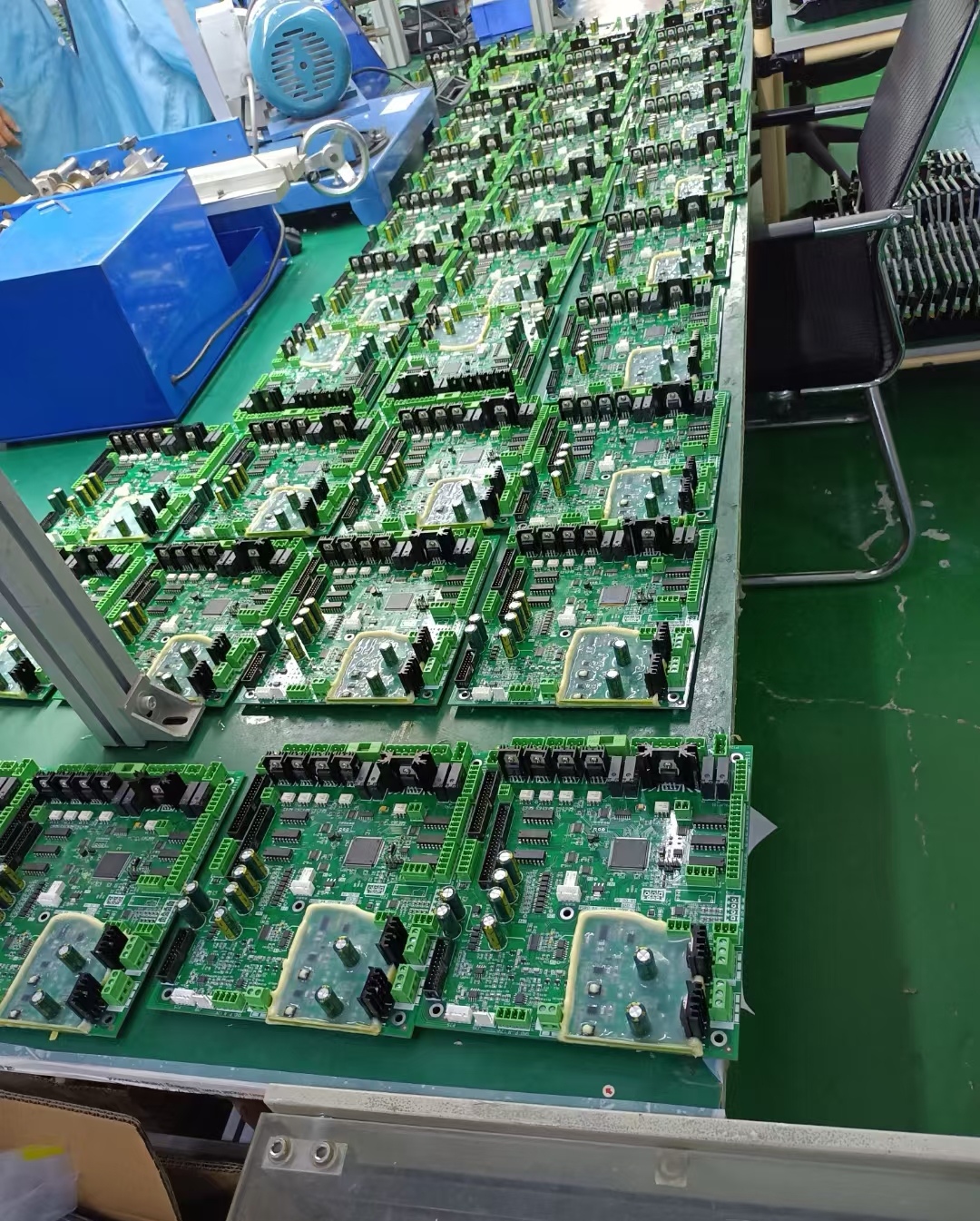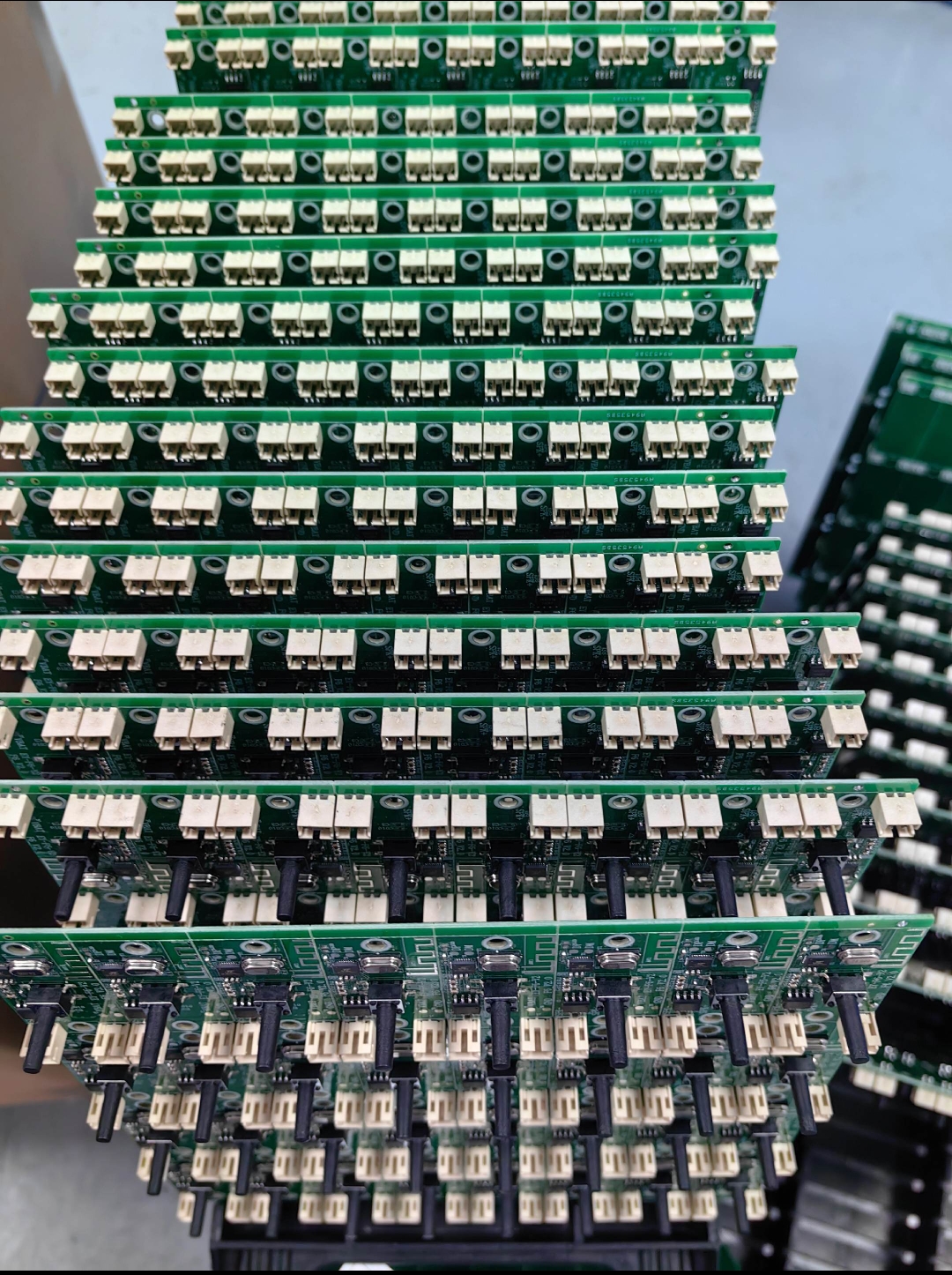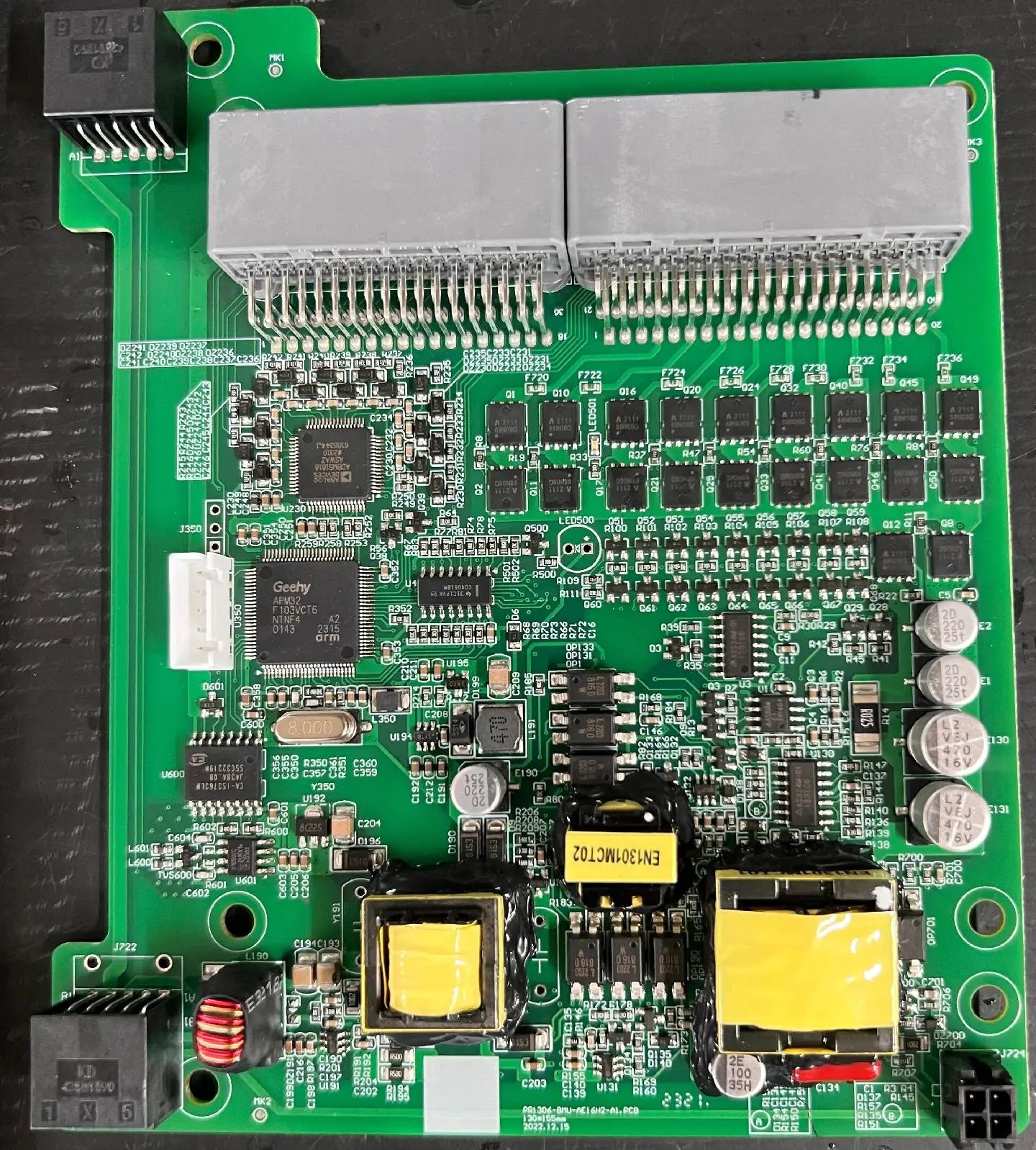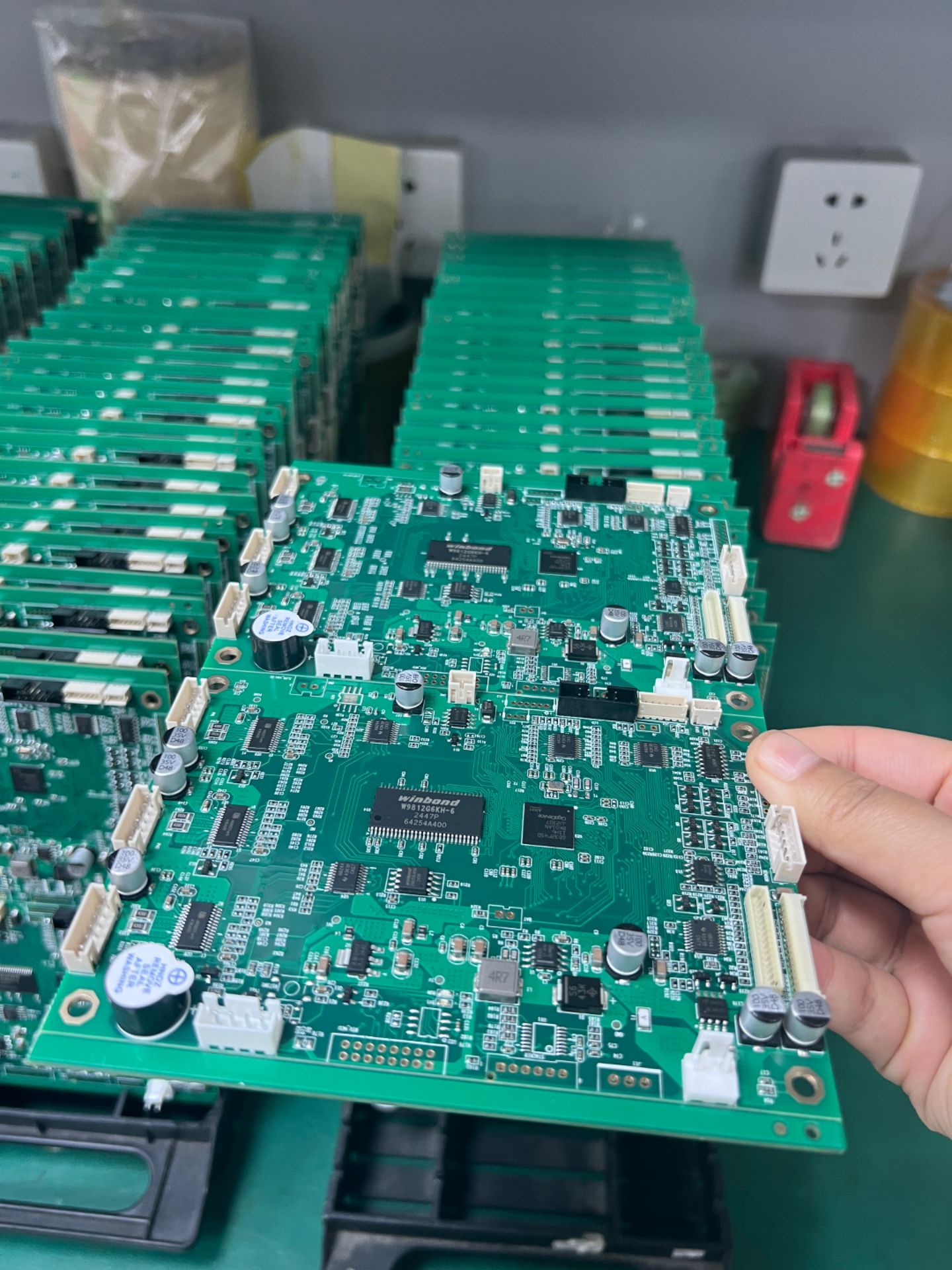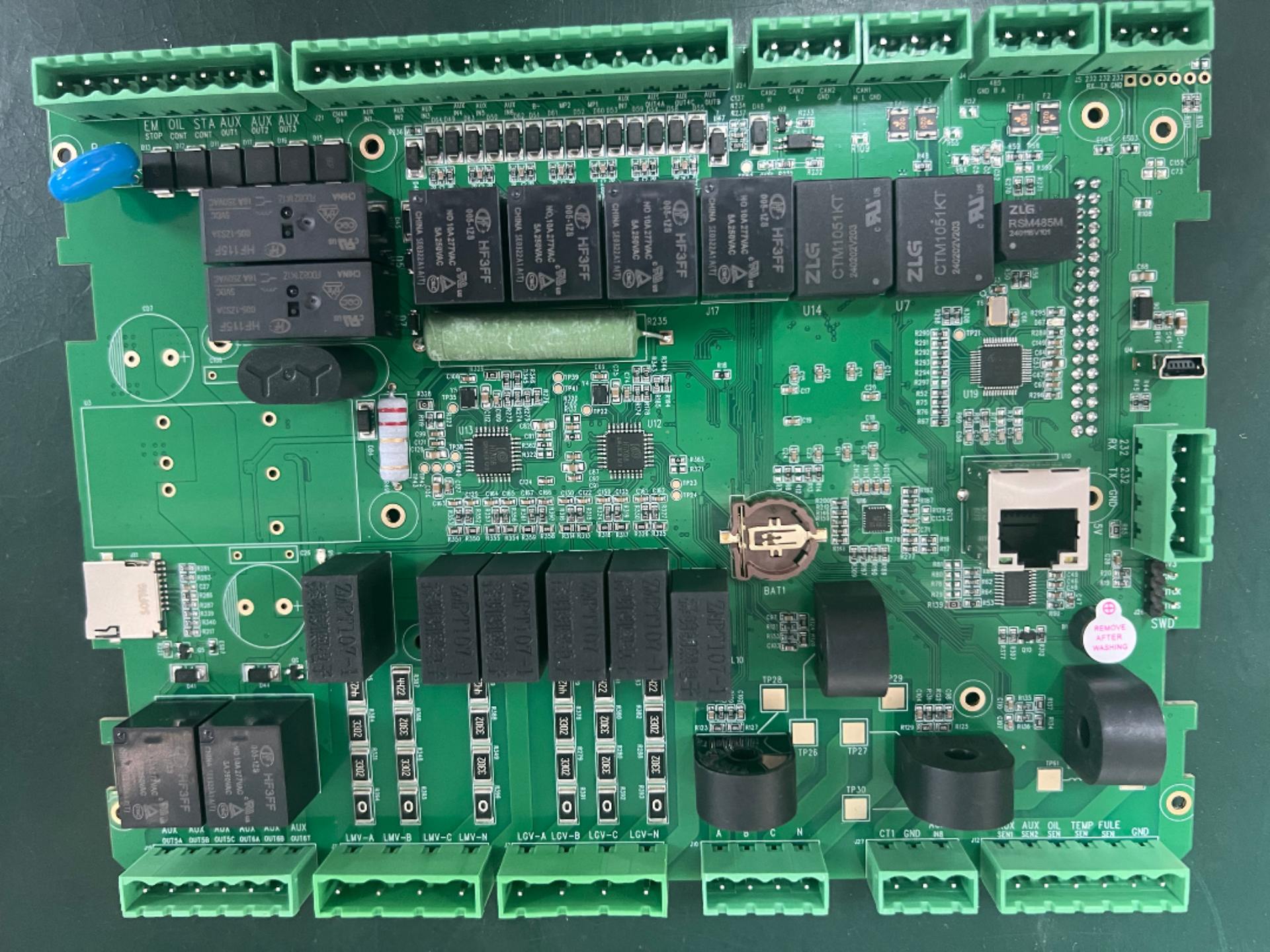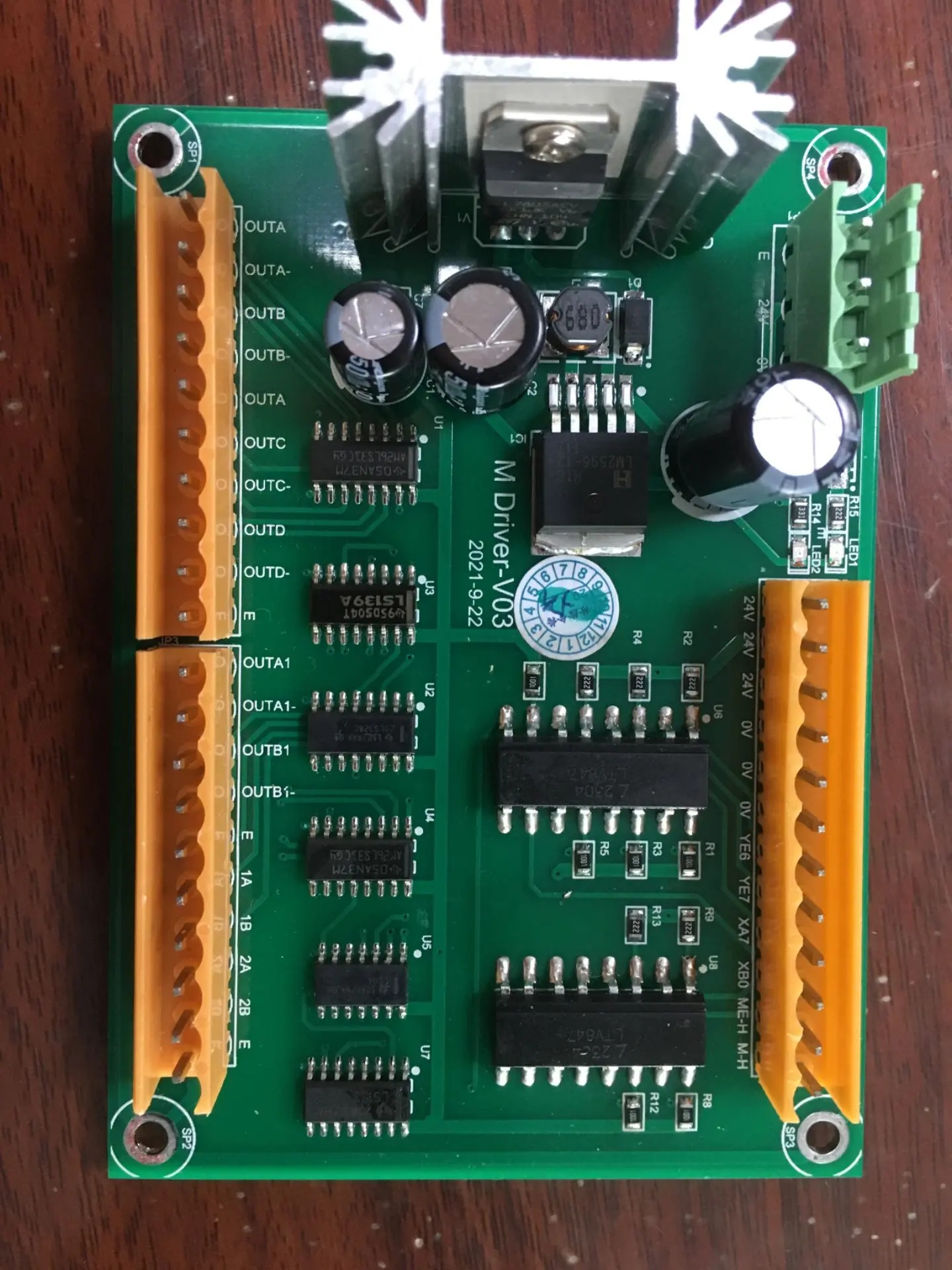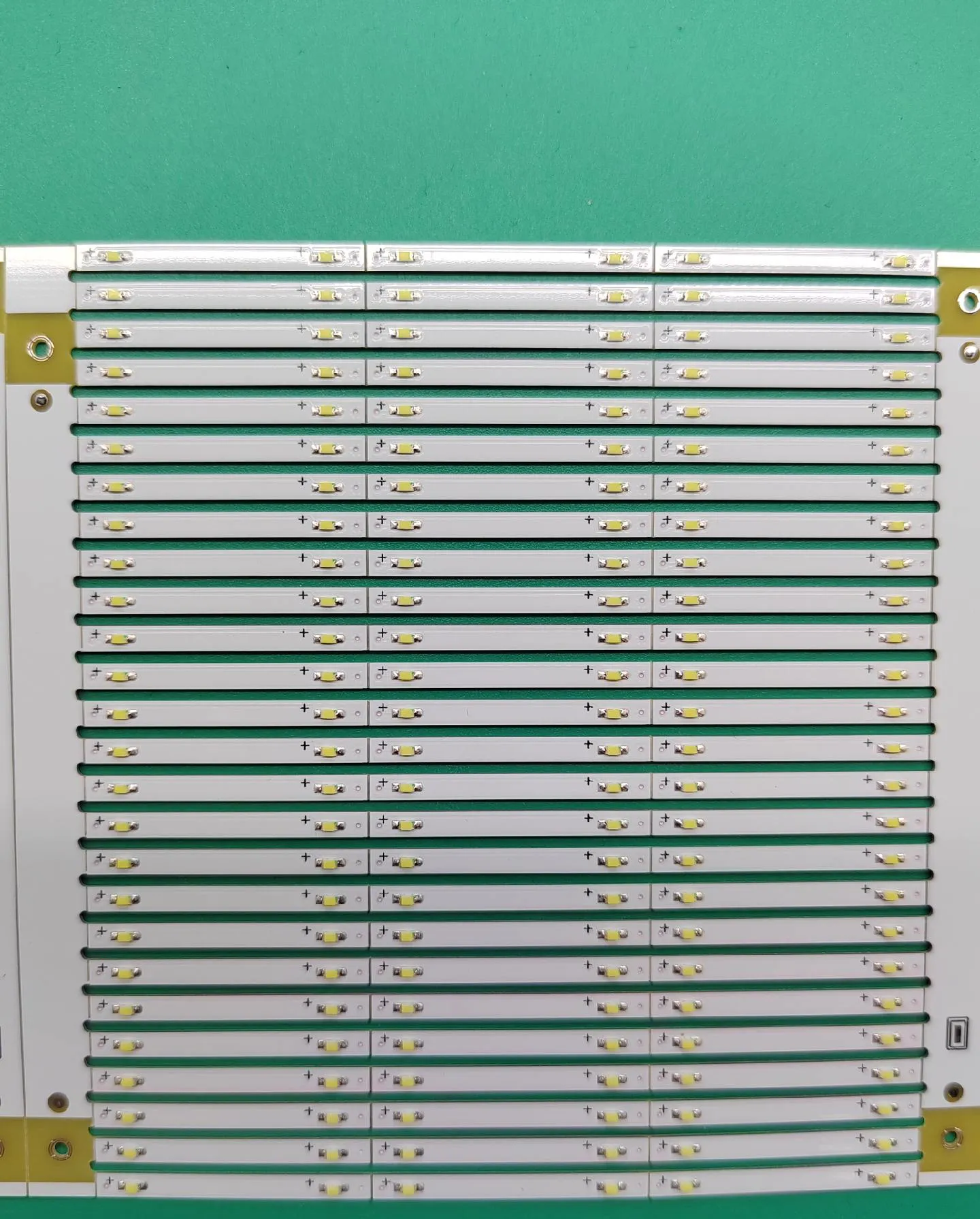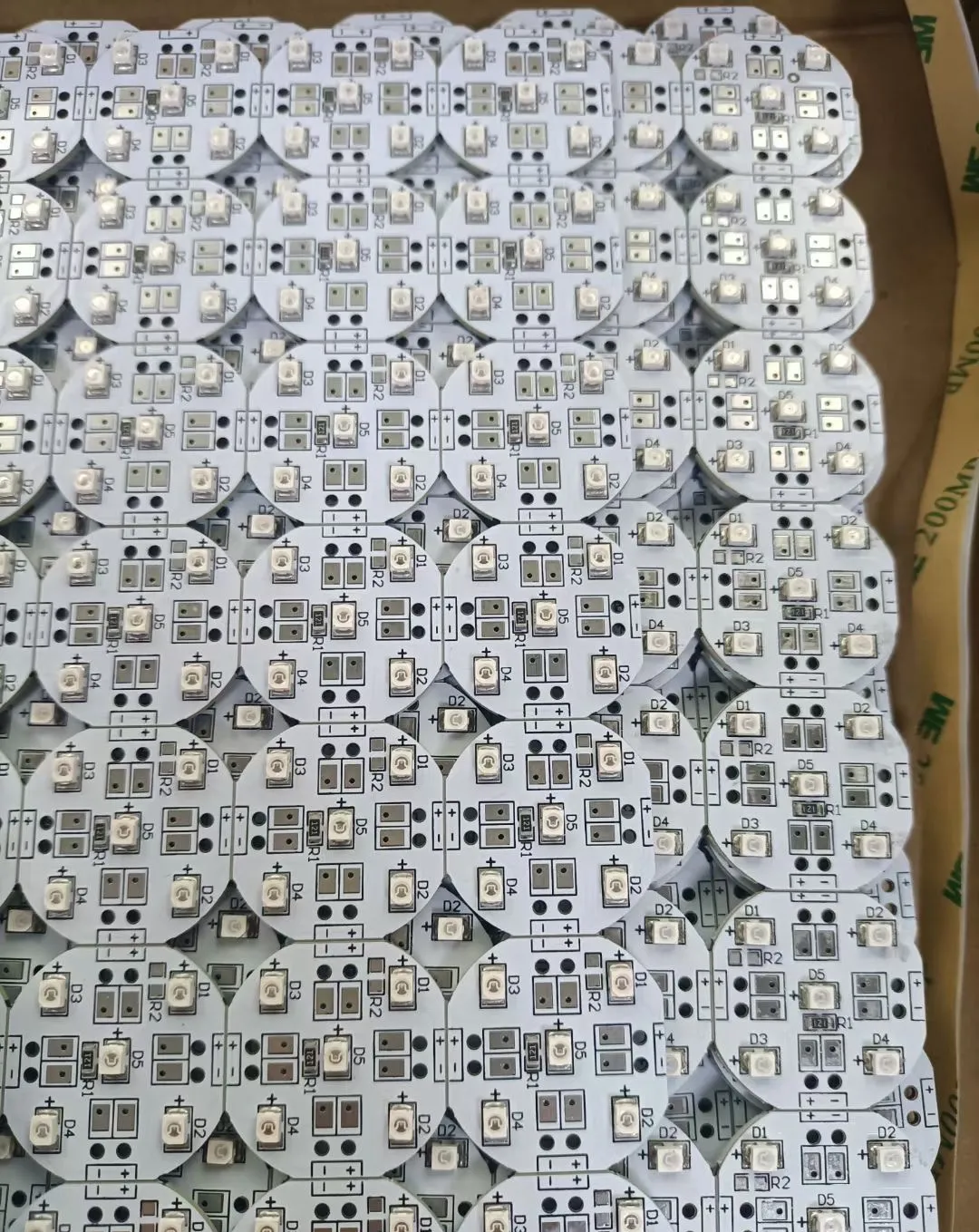Aluminum substrates are widely used in electronic products, LED lighting, communication equipment and other fields due to their good thermal conductivity and electrical insulation performance.
To ensure the quality of aluminum substrates, several key elements cannot be ignored. The following is an analysis of several important aspects of aluminum substrate quality assurance:
1. Material Selection
The quality of aluminum substrates first depends on the raw materials used. High-quality aluminum alloy materials have good thermal conductivity and mechanical strength, ensuring the stable operation of aluminum substrates under high-temperature and high-load conditions. When selecting appropriate aluminum alloy materials, attention should usually be paid to indicators such as composition, thickness and surface treatment. Common aluminum alloys such as 1060, 5052 and 6061 are widely used due to their excellent performance.
2. Production Process
The production process of aluminum substrates directly affects their final quality. Common production processes include stamping, forming, drilling, milling, etc. During the process, the parameters of each link need to be strictly controlled to ensure the dimensional accuracy and surface quality of products. In addition, the surface treatment process of aluminum substrates is also important, such as anodizing and electroplating. These processes can not only improve the corrosion resistance of aluminum substrates but also improve their appearance.
3. Quality of Insulation Layer
Aluminum substrates are usually equipped with insulation layers to prevent current short circuits and improve electrical performance. The thickness of the insulation layer and the selection of materials play a vital role in the service life and performance of aluminum substrates. Common insulation materials include epoxy resin and polyimide. Selecting appropriate insulation materials helps improve the thermal conductivity and electrical insulation of aluminum substrates.
4. Thermal Management Performance
The thermal management performance of aluminum substrates is an important reflection of their quality. Good thermal management performance can effectively dissipate heat and prolong the service life of electronic components. Therefore, when designing aluminum substrates, their heat dissipation structure and layout should be considered. Reasonable heat channel design and heat sink configuration can significantly improve the heat dissipation effect. In addition, the selection of heat dissipation materials cannot be ignored. The application of materials such as thermal conductive silicone grease and thermal conductive pads can further enhance the heat dissipation performance.
5. Dimension and Precision Control
The dimensions and precision of aluminum substrates directly affect their installation and use stability. During the production process, the dimensional tolerance and shape tolerance of aluminum substrates need to be strictly controlled to ensure good coordination with other components. Common measuring tools include calipers, micrometers and coordinate measuring machines. Regular quality inspection can effectively avoid assembly problems caused by dimensional issues.
6. Reliability Testing
Before being put into use, aluminum substrates need to undergo a series of reliability tests to ensure their performance in actual applications.
8033 View

